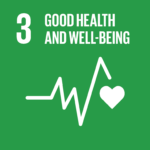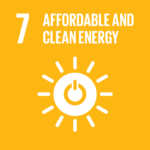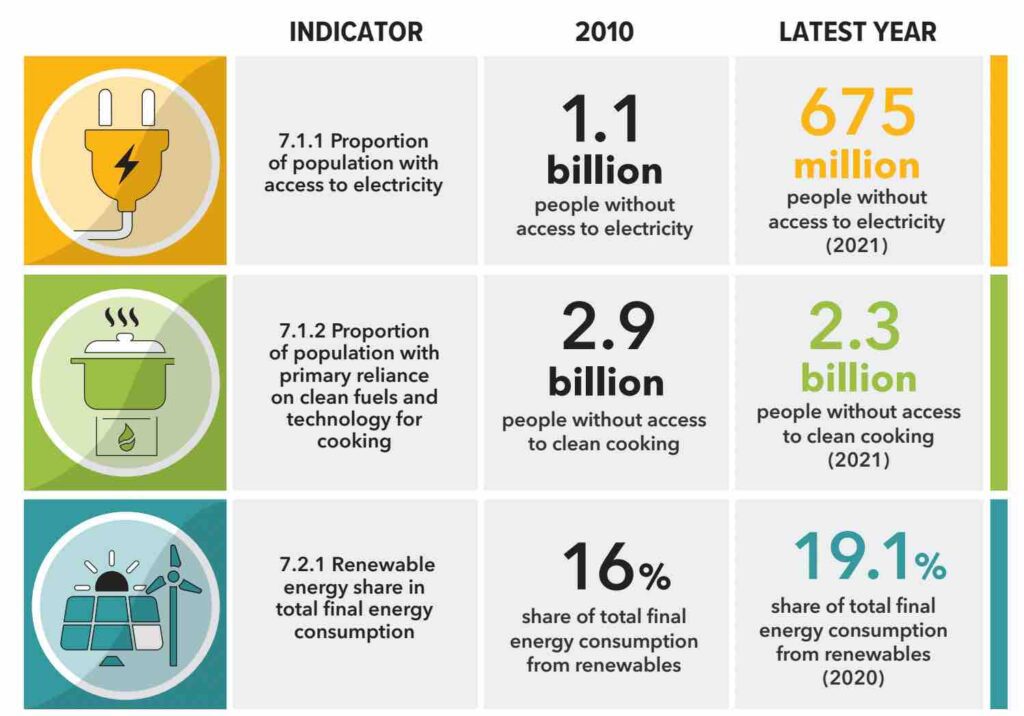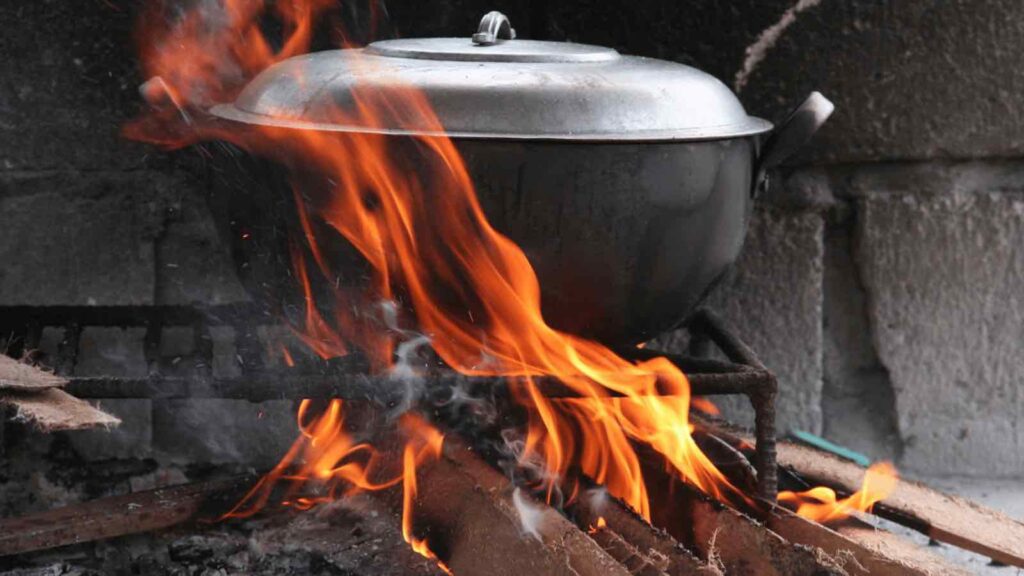The slow-paced transition to clean energy, along with dwindling international financial support, threatens the achievement of Sustainable Development Goal (SDG) 7.
An overwhelming 2.3 billion people worldwide are dangerously exposed to household air pollution resulting from their continued dependence on harmful cooking fuels such as coal and firewood. This alarming issue, underpinned by high energy costs and a marginal progress in the electrification of sub-Saharan Africa since 2010, has prompted a pressing call to action. The slow-paced transition to clean energy, along with dwindling international financial support, threatens the achievement of Sustainable Development Goal (SDG) 7, which emphasizes the need for affordable, reliable, sustainable, and modern energy.
RELEVANT SUSTAINABLE GOALS



The shift towards renewables is sluggish, yet gaining momentum
These stark revelations stem from the 2023 edition of Tracking SDG 7: The Energy Progress Report, published by key stakeholders including the International Energy Agency (IEA), International Renewable Energy Agency (IRENA), United Nations Statistics Division (UNSD), World Bank, and World Health Organization (WHO). The report sheds light on the sobering reality that we are far from meeting the targets of SDG 7, which comprise access to electricity and clean cooking (7.1), a substantial increase in renewable energy (7.2), and doubling the global rate of improvement in energy efficiency by 2030 (7.3).

The report highlights a profound implication of achieving SDG 7 on people’s health and well-being. By mitigating environmental and social risks such as air pollution and by expanding access to primary healthcare and services, we can pave the way towards sustainable progress. However, the current trajectory does not inspire confidence. If current trends persist, about 1.9 billion people will still lack access to clean cooking by 2030, with a whopping 60% of these residing in Sub-Saharan Africa.
Worryingly, the economic aftermath of COVID-19 and soaring energy prices might push 100 million people who recently transitioned to clean cooking to revert to using traditional biomass. It’s noteworthy that only Eastern Asia, Latin America, and the Caribbean managed to maintain progress in access to clean cooking between 2019 and 2021.
Francesco La Camera, Director-General of IRENA, emphasized the need for increased investments in the least-developed countries and sub-Saharan Africa to ensure more equitable progress towards Goal 7. From a global perspective, 91% of the world’s population had access to electricity in 2021, up from 84% in 2010. In regions such as Central and Southern Asia, commendable progress was witnessed with a reduction in people without electricity from 414 million in 2010 to 24 million by 2021, thanks to efforts from countries like Bangladesh and India. However, the situation remains grim in Sub-Saharan Africa, where more than 80% of the rural population, or approximately 524 million people, lack electricity access in 2021, nearly unchanged since 2010.
Although the global use of renewable electricity grew from 26.3% in 2019 to 28.2% in 2020, the transition to renewables is still not rapid enough to achieve the 1.5°C climate objectives. To add to the woes, international public financial support for clean energy in developing countries dropped to $10.8 billion in 2021, 35% less than the 2010–2019 average, and focused predominantly on just 19 countries.
As the Tracking SDG 7 report gets set for presentation at a special launch event on July 11 at the High-Level Political Forum (HLPF) on Sustainable Development, we are reminded of the urgent need to speed up the transition to clean energy, especially in Asia. We are not just racing against time to meet our SDGs,


